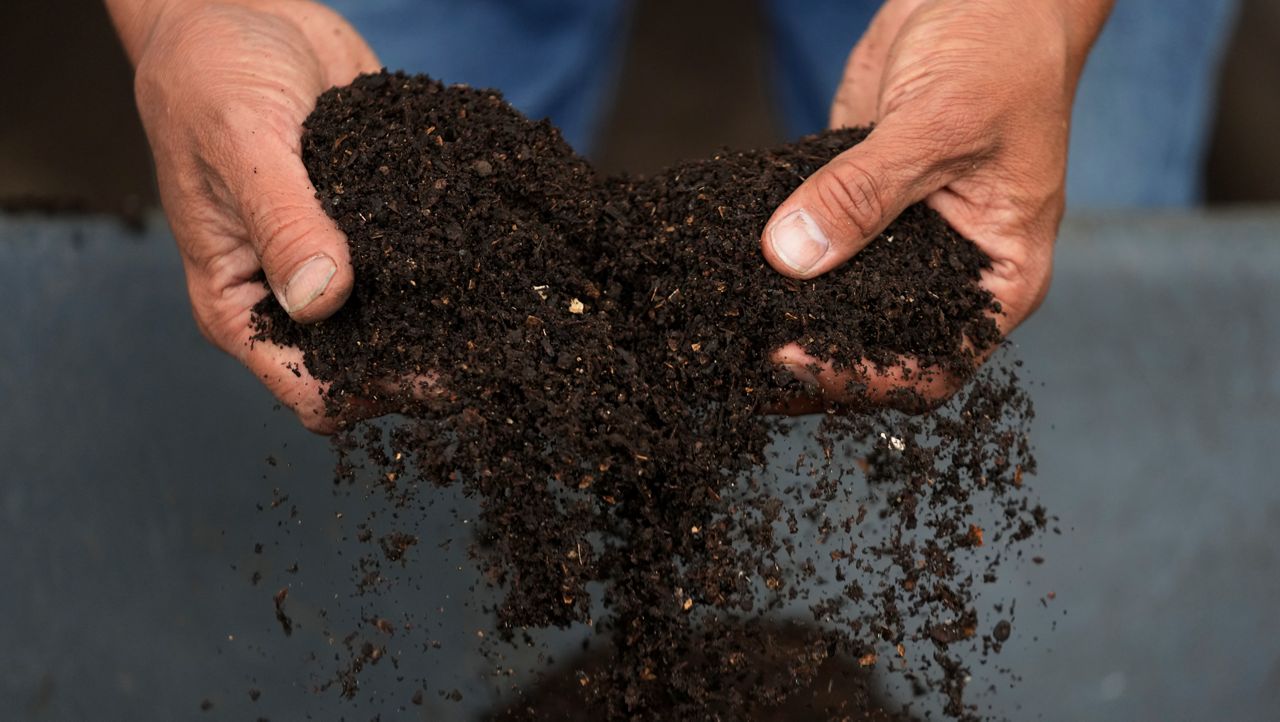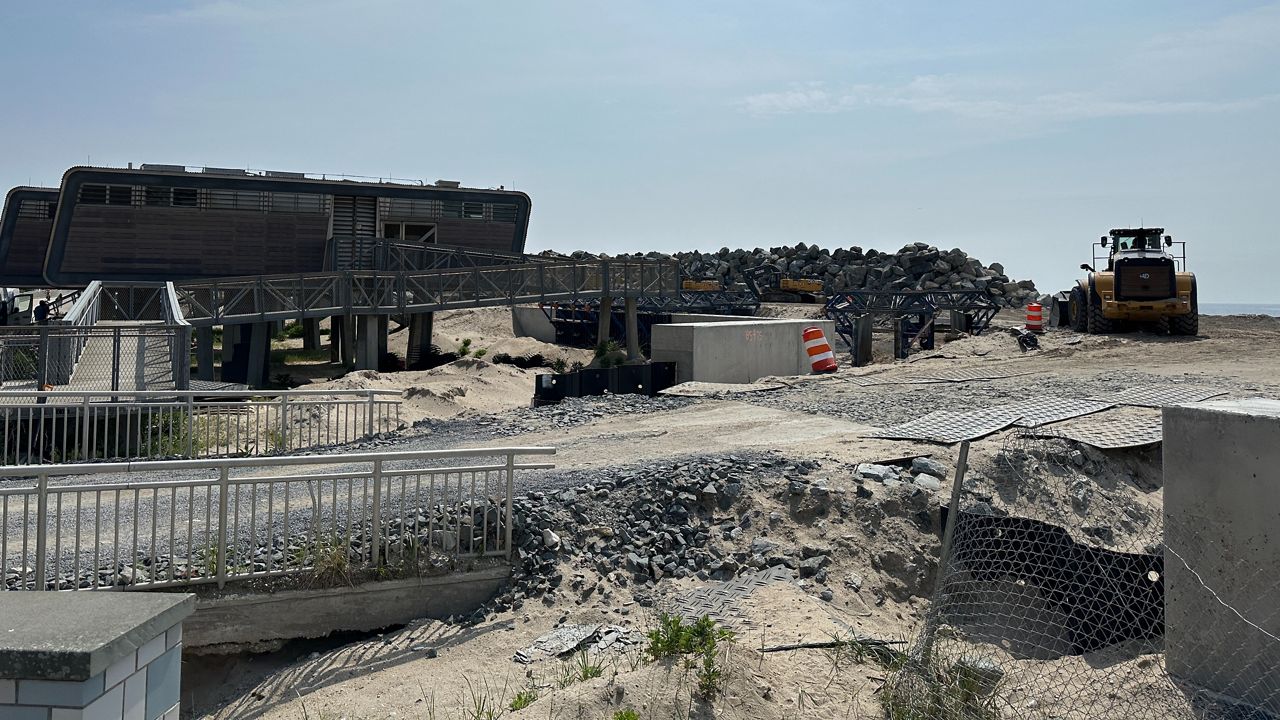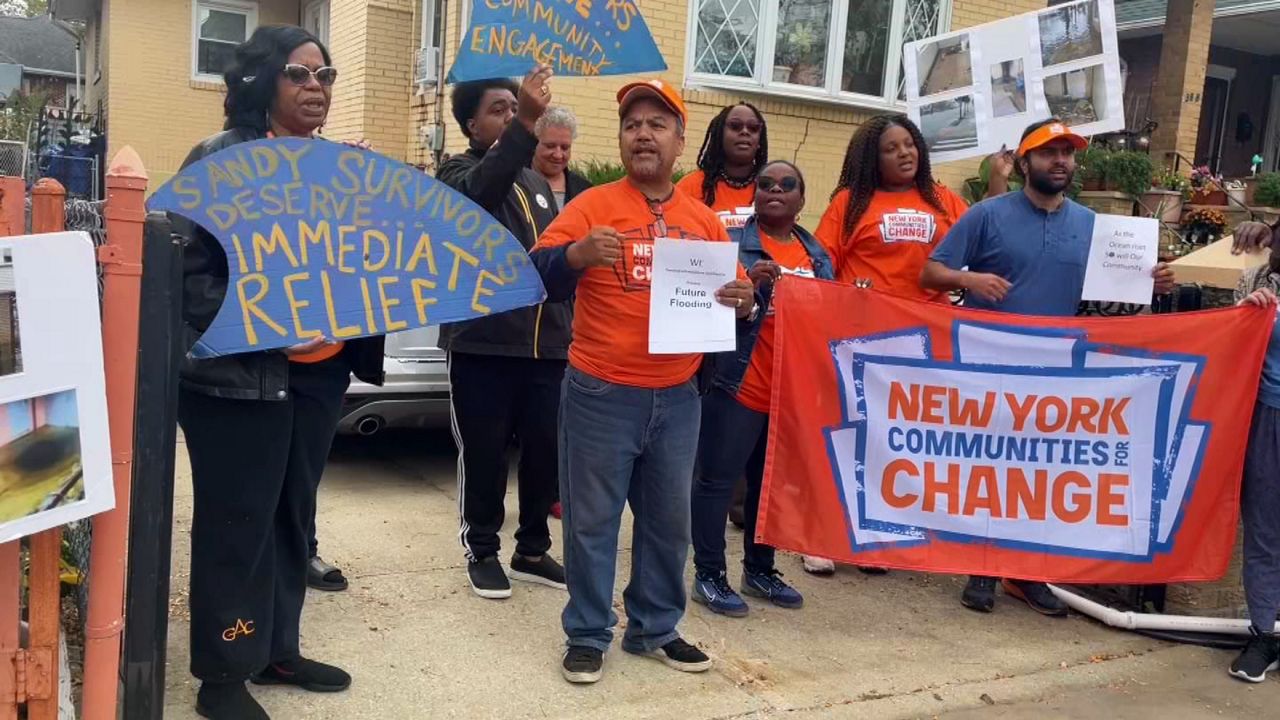Along the waterfront in Astoria, in a section of the neighborhood once known as “Asthma Alley” due to the health consequences of power plant pollution, Mohawk Council Grand Chief Kahsennenhawe Sky-Deer looks towards the future.
"For us, it's a project that is a game changer,” said Sky-Deer.
She’s talking about the Champlain Hudson Power Express, a clean energy project promising to deliver renewable power from Quebec to Queens.
Officials say it will provide enough energy to power one million homes.
Hydropower, which uses the natural flow of water to generate electricity, would be harvested in Canada and delivered to the city through cables buried under Lake Champlain and the Hudson River, eventually feeding a clean energy converter station that would be built in Astoria, Queens.
Part of the project would run through indigenous lands. The Mohawk Tribe would co-own part of the transmission line.
"I think it's important now for Indigenous people to be business partners and be a part of the economy moving forward, but also because of our responsibility for being stewards of the environment and always wanting to protect our Mother Earth and looking at where things are right now in the world with climate change and global warming,” said Sky-Deer.
Gov. Kathy Hochul awarded the Champlain Hudson Power Express a contract in November.
It’s part of the state’s ambitious goal to reduce our dependence on fossil fuels — and get 70% of its energy from renewable sources by 2030.
The Champlain Hudson project has been criticized by some environmental groups upstate, with concerns it could disrupt some of the Hudson River’s ecosystems.
Former Councilmember Costa Constantinides, who represented part of western Queens in the council and chaired the Environmental Committee, is a supporter of the project.
"Here in Western Queens, we have asthma alley. This will help us transform into a renewable row,” said Constantinides. “And begin as part of this new energy revolution that we're seeing here in western Queens allowing us to move forward with still providing the city power, but doing it in a way that's not having a cost to our lungs."
The contract is currently subject to a public comment period that will run through February 7. Upon approval, it’s expected construction will begin next year and the line will begin delivering power to New York in 2025.
Editor's Note: A previous version of this story focused on wind energy as the main component produced by the project. Wind energy is a part of the project, but the project’s major component is actually hydropower.



_CGPKG_Qns_Kissena_Park_Flooding_Town_Hall_CG)
